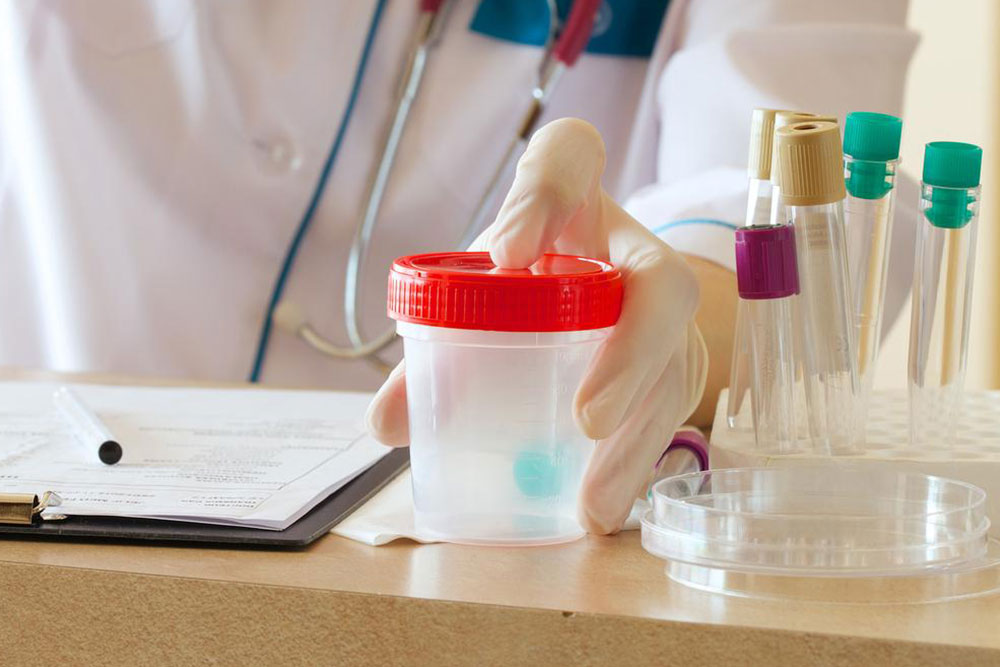Comprehensive Insights into Kidney Cysts: Causes, Symptoms, and Management Strategies
This comprehensive article explores everything about kidney cysts, including their causes, symptoms, diagnostic methods, and treatment options. Learn how kidney cysts form, differentiate between simple cysts and polycystic kidney disease, and discover effective management strategies to safeguard your kidney health. Perfect for those concerned about kidney conditions or seeking detailed medical insights, this guide emphasizes early detection and tailored treatments to prevent complications and preserve kidney function.

Comprehensive Insights into Kidney Cysts: Causes, Symptoms, and Management Strategies
An extensive exploration of kidney cysts, their origins, clinical signs, and various treatment approaches
The human kidneys serve a vital function in filtering toxins and waste products from the bloodstream, maintaining overall health and vital fluid balance. Maintaining renal health is therefore essential. Among various kidney conditions, kidney cysts are prevalent and can impact renal function depending on their nature and size. A kidney cyst is essentially a sac filled with fluid that can develop on or inside the kidney tissue. While many cysts pose little threat, some require careful monitoring or medical intervention. This comprehensive guide aims to provide an in-depth understanding of kidney cysts, including their causes, typical symptoms, diagnostic methods, and available treatment options.
Understanding kidney cysts is crucial for early detection, management, and preventing potential complications. This article delves into what kidney cysts are, the mechanisms behind their formation, risk factors, symptoms, diagnostic tools, and treatment plans tailored to different cyst types.
Understanding Kidney Cysts: An In-Depth Look
Kidney cysts are small, fluid-filled sacs that develop either within the kidney tissue itself or on its surface. These cysts can vary significantly in size, from microscopic structures only detectable via imaging to large, palpable masses that may cause discomfort or pain. The development of kidney cysts is often incidental, discovered during imaging tests performed for other concerns, and they are common in the adult population, especially as age advances.
There are primarily two categories of kidney cysts: simple cysts and complex cysts. Simple cysts are generally benign, do not grow or change significantly over time, and rarely cause symptoms. Complex cysts, however, may harbor septations (internal divisions), calcifications, or solid components, which can hint at potential malignancy or other complications. The most notable condition associated with multiple cysts is Polycystic Kidney Disease (PKD), a genetic disorder characterized by the proliferation of numerous cysts in both kidneys, often leading to significant health concerns.
Most simple cysts are asymptomatic and are often found incidentally during imaging procedures such as ultrasounds, CT scans, or MRIs. When cysts grow larger, they may lead to symptoms such as dull, persistent pain in the back or abdomen, swelling, and in some cases, hematuria (blood in the urine). Additionally, infection within a cyst can cause fever, increased pain, and signs of systemic infection. The risk factors for developing kidney cysts include aging, genetic predisposition, and certain environmental factors. Men tend to have a slightly higher prevalence than women, and the likelihood of cyst development increases significantly with age, with over 50% of adults aged 50 and above showing some form of cystic renal changes.
Diagnosis of kidney cysts involves a combination of clinical assessment and imaging tools. Ultrasound is often the first-line investigation due to its accessibility and safety profile. CT scans provide detailed information regarding cyst size, number, and complex features, and MRI can be used for further assessment when needed. Regular monitoring is essential for cysts that are asymptomatic or small in size. Treatment options are tailored based on cyst size, symptoms, and potential for complications. Small, benign cysts often require no immediate intervention but should be periodically reviewed. Larger cysts causing symptoms or showing signs of growth may undergo minimally invasive procedures such as aspiration and sclerotherapy, where the fluid is drained, and the cyst cavity is treated with a sclerosing agent to prevent recurrence. In cases where cysts are suspected of being malignant, surgical removal, either through minimally invasive laparoscopy or open surgery, may be necessary.
In summary, understanding kidney cysts—ranging from benign simple cysts to complex and potentially problematic polycystic kidney disease—is vital for timely diagnosis and effective management. Whether asymptomatic or symptomatic, kidney cysts require appropriate medical evaluation to prevent future health risks and ensure optimal renal function. Awareness and regular checkups play a significant role in early detection and intervention, improving overall outcomes for individuals at risk.





